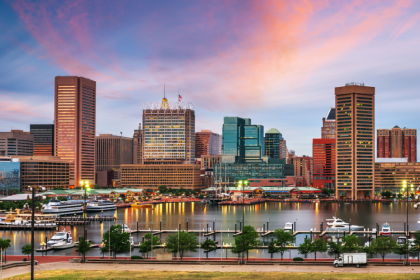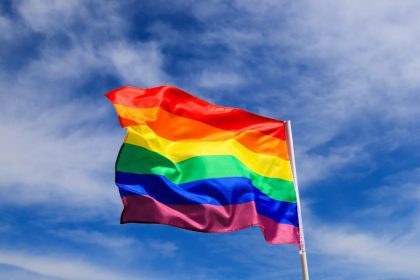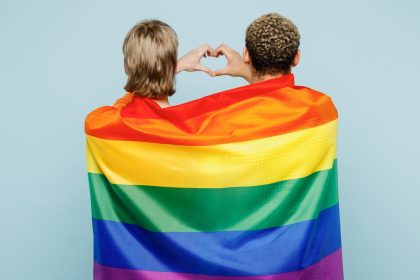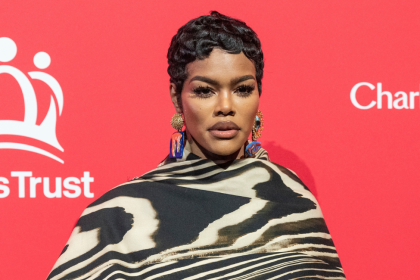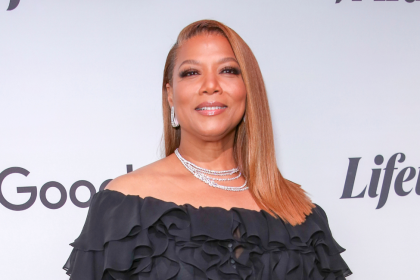In our swiftly evolving world, ” diversity ” is pivotal in discussions about progress, inclusion, and social harmony. Urban landscapes flourish with a vibrant tapestry woven from diverse cultures and backgrounds, contributing to a dynamic, interconnected community. However, it is crucial to recognize that diversity can evoke fear and uncertainty beyond the city limits. The close-knit fabric of non-urban areas, defined by shared histories and cultural homogeneity, often grapples with the unfamiliar. This article delves into why diversity, celebrated in urban hubs, can be met with trepidation in non-urban communities. Understanding this nuanced perspective is fundamental to fostering dialogue and creating bridges that lead to a more inclusive and harmonious society.
Diversity: A Fundamental Aspect of Urban Life
Before delving into why diversity might evoke fear in non-urban areas, it’s crucial to recognize the significance of diversity in urban settings. Cities are vibrant hubs where people from different ethnicities, religions, and cultural backgrounds coexist, contributing to a dynamic, interconnected community. This diversity fosters innovation, creativity, and a more global perspective, making urban areas cultural melting pots.
The Urban-Rural Divide: A Cultural Gap
The fear of diversity in non-urban areas is often rooted in the urban-rural cultural divide. With their close-knit structures and shared histories, rural communities may find the prospect of embracing diversity challenging. The unfamiliarity with different cultures and perspectives can breed apprehension, making it difficult for individuals to embrace change.
Economic Uncertainty and Job Insecurity
In many non-urban areas, the economy is often centered around specific industries or sectors, leading to a sense of economic vulnerability. The introduction of diversity may be misconstrued as a threat to existing employment structures, causing anxiety among residents who fear losing their livelihoods to an influx of diverse perspectives. Addressing this fear requires emphasizing the potential economic benefits of diversity, such as increased innovation and a broader market base.
Preserving Traditions and Identities
Non-urban areas often take pride in their unique traditions and identities, which can be perceived as being at risk when exposed to diverse influences. Fear of losing cultural heritage or being overshadowed by more dominant cultures may lead to resistance against diversity. Encouraging dialogue highlighting the value of preserving local traditions while embracing diversity can help bridge this gap.
Communication Breakdowns: Breaking the Ice
Effective communication is key to dispelling fears related to diversity. Non-urban communities can benefit from initiatives that facilitate open and honest discussions about the advantages of embracing diversity. These conversations should address concerns, provide education on different cultures, and emphasize the shared humanity that unites people regardless of their background.
Education as a Catalyst for Change
Implementing educational programs that promote diversity awareness in non-urban areas can be instrumental in breaking down stereotypes and fostering a more inclusive mindset. These programs can highlight the benefits of diversity, challenge misconceptions, and offer a platform for individuals to share their unique perspectives.
Embracing Diversity for a Stronger Future
The initial apprehension that diversity may stir in non-urban areas is not an insurmountable barrier but an opportunity for growth and understanding. Addressing these concerns is not merely a task but a pathway to a more inclusive and harmonious society. Embracing diversity does not entail diluting cherished local traditions; instead, it offers an opportunity to enrich them with a vibrant tapestry of different perspectives. By fostering open communication, we can break down the walls of uncertainty and build bridges of understanding. Education plays a pivotal role in dismantling stereotypes and offering a platform for shared learning about the beauty of diversity.
Moreover, emphasizing the shared benefits of diversity, from economic growth to cultural enrichment, can serve as a unifying force. The journey towards more robust, more resilient communities knows no geographical boundaries. It is a collective effort transcends urban and non-urban distinctions, contributing to a society where everyone feels valued and included. As we navigate the complexities of our diverse world, let us strive for unity, recognizing that the strength of a community lies in its ability to embrace and celebrate differences.
This story was created using AI technology.




